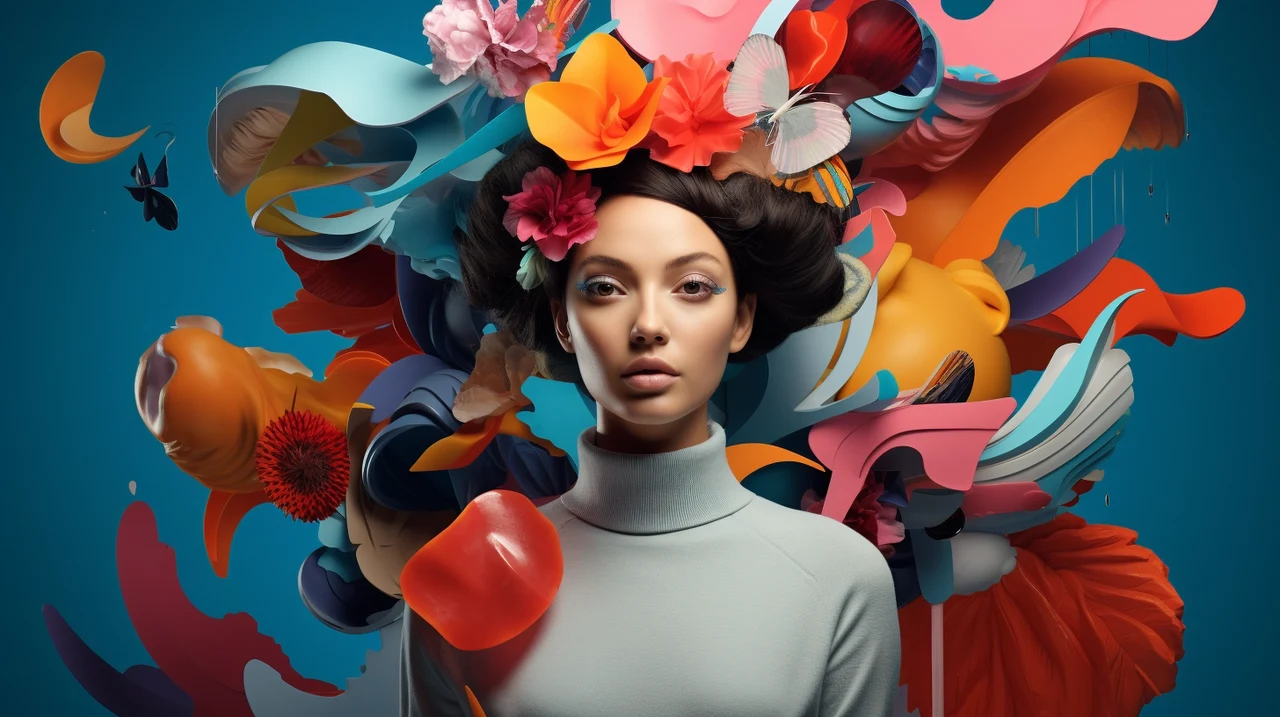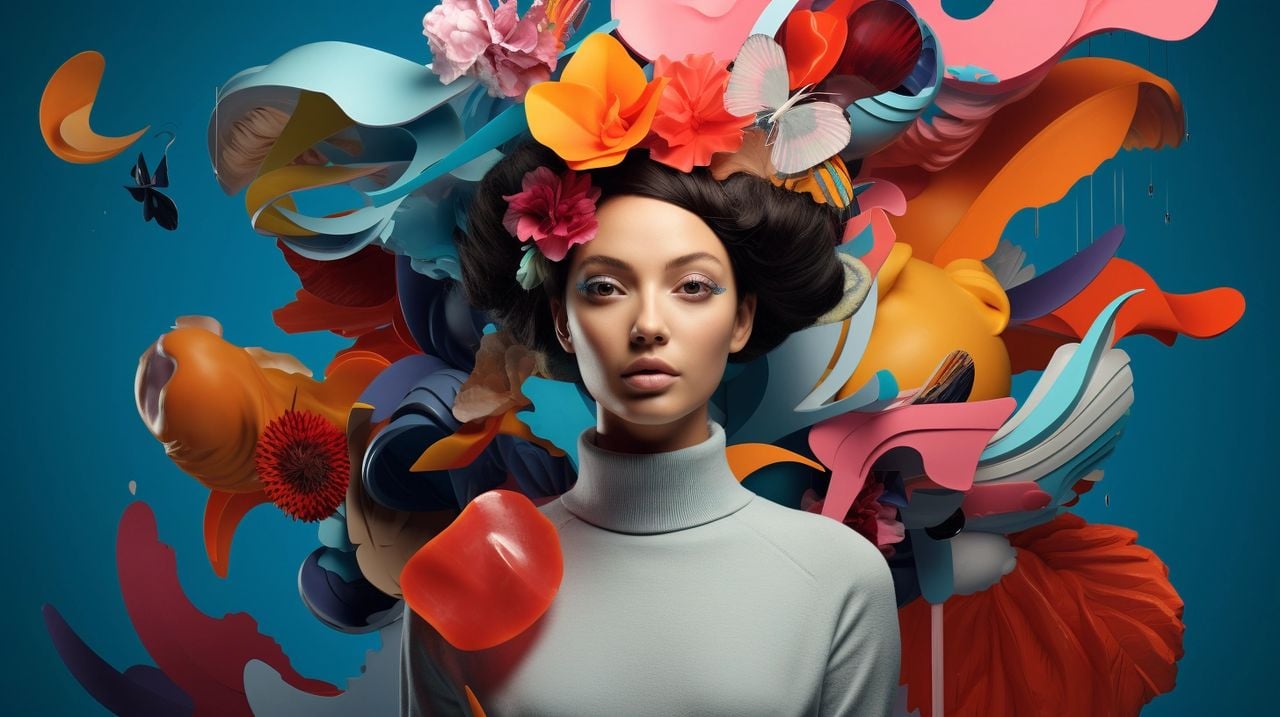
Imagine having the power to create an endless series of high-quality images that feature your face or any subject you choose. With the latest advancements in artificial intelligence, this is not just a possibility but a reality that’s within your reach. The Stable Diffusion XL (SDXL) model, when combined with Local LORA fine-tuning, offers a sophisticated way to generate personalized AI images. This guide will walk you through the process, from setting up your system to refining the final product, providing you with the knowledge to produce custom visuals with remarkable accuracy.
Before you dive into the world of AI-generated imagery, it’s crucial to ensure that your system is up to the task. A powerful GPU is a non-negotiable requirement due to the heavy computational demands of the process. If you have a gaming rig or something you use for video editing you should be okay to get started. You’ll also need to install a specific software stack that includes Koyha_SS, Python, Git, and Visual Studio. These tools lay the groundwork for you to effectively manipulate the SDXL model with Local LORA.
The quality of the images you generate is heavily dependent on the source material you feed into the model. To achieve the best results, you should gather a diverse collection of high-resolution images. This variety is key to preventing the model from becoming overly specialized and ensures that it can produce a wide range of visuals. Aim for a balanced dataset that reflects the diversity of the images you want to create.
Adding your face to AI images
Once you have your dataset ready, you can begin the training phase. This is where you’ll guide the model’s learning by using specific prompts and regularization images to avoid overfitting. Fine-tuning the learning process is a delicate balance that involves adjusting various parameters, such as batch size, epochs, learning rates, and network depth. To give the model a deeper understanding of context, which is crucial for generating more nuanced images, you can incorporate BLIP captioning. Watch the fantastic tutorial kindly created by All Your Tech AI to learn how easy it is to add your face to AI images, photos and illustrations.
Here are some other articles you may find of interest on the subject of AI art generators :
As you progress through the training, your focus will shift to refining precision settings and ensuring that your GPU performance is optimized for seamless image generation. When your model is fully trained, you’ll be able to start creating personalized images. It’s important to assess the quality of your output and experiment with different LORA files to achieve the best results.
The applications for this technology are vast, ranging from personal projects to professional uses and artistic exploration. If you find yourself needing more guidance or resources, joining a community like Patreon can provide you with the support you need as you explore the exciting possibilities of AI image generation.
This guide is designed to empower you to take advantage of the SDXL model with Local LORA, enabling you to create personalized, high-quality AI images. Whether you’re a developer, artist, or AI enthusiast, the insights provided here will help you set up your system, curate the right images, and adjust training parameters to craft the bespoke visuals you envision.
Filed Under: Guides, Top News
Latest timeswonderful Deals
Disclosure: Some of our articles include affiliate links. If you buy something through one of these links, timeswonderful may earn an affiliate commission. Learn about our Disclosure Policy.

